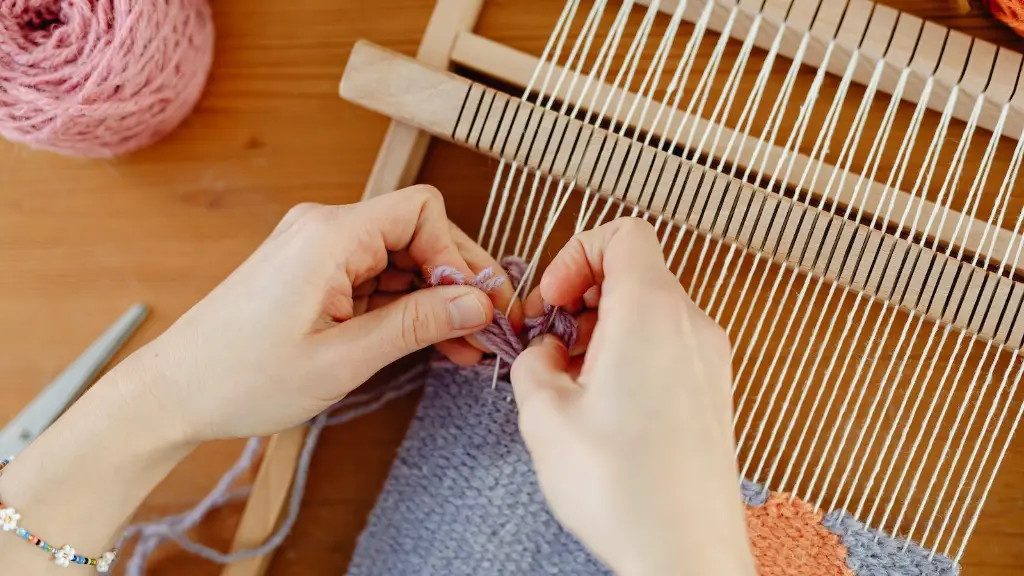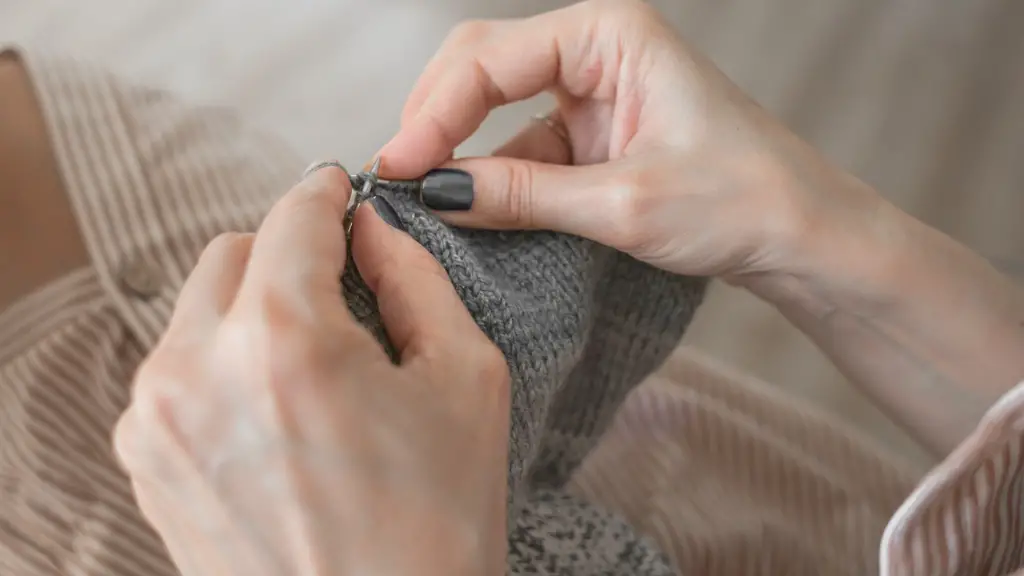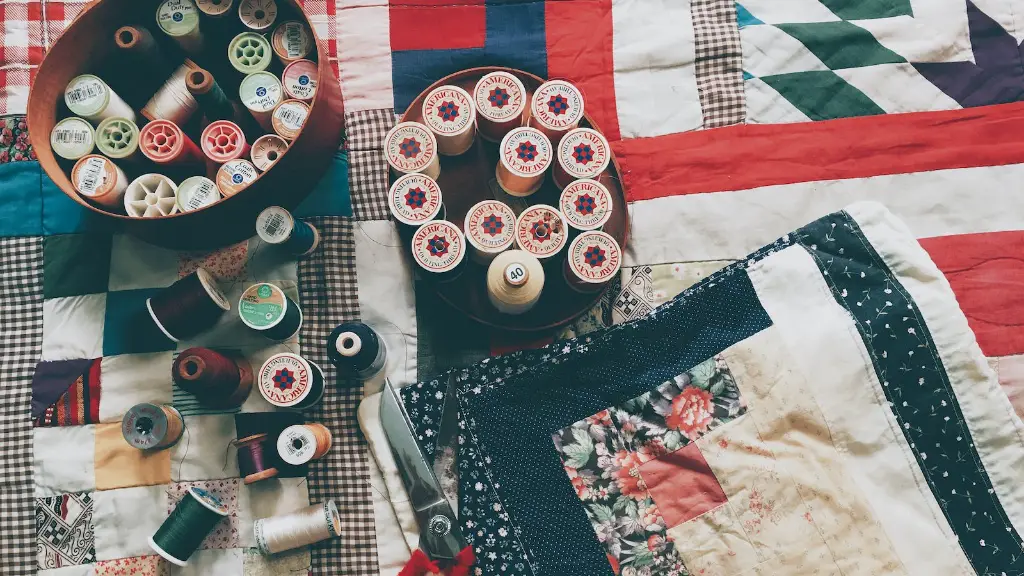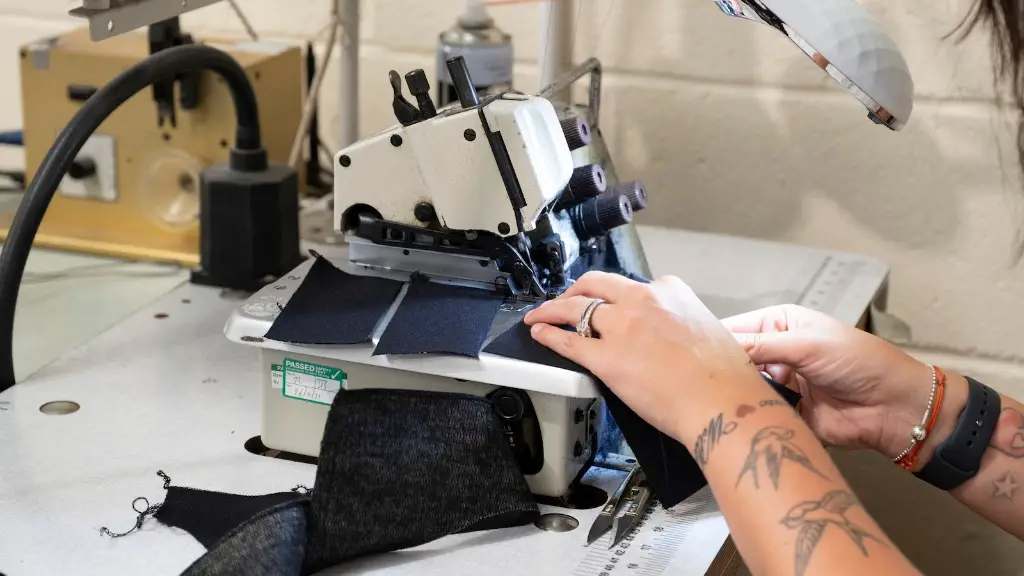The Essential Guide to Creating a Perfect Bobbin
The bobbin is an essential part of a sewing machine and it is important for any sewer to understand how to put a bobbin on their machine. To get the bobbin on a sewing machine correctly, follow these simple steps.
Preparing the Bobbin
The bobbin is a small metal or plastic reel that holds the thread for the bottom stitch. The first step is to wind the bobbin so it can be placed in the machine. To do this, first determine the winding thread that your machine needs. The thread should match the material that you are sewing and the needle thread, so be sure to select it carefully. Place the thread on the spool pin of the machine and then move the thread over the other top parts such as the tension discs and the take up lever. Then, take the empty bobbin and place the thread end in the bobbin. Place the bobbin in the winding guide and start the foot pedal. As the machine starts to wind the bobbin, gently guide the bobbin so that the winds are even and there is no tangling.
Installing the Bobbin
Once the bobbin is wound, it is time to install it into the machine. Open the bobbin case, carefully place the bobbin inside with the thread facing away from you. Some machines require that the thread is tightened, so rotate the bobbin until the thread is tight. Close the bobbin case and you are ready to begin sewing.
Checking the Tension
Tension is the force that pulls the thread from the bobbin as you sew. Make sure the tension on the bobbin is set correctly by using the tension disk disk. The best way to check the tension is to place a scrap piece of fabric under the presser foot and begin to sew a stitch. If the tension is too tight, the bottom stitch will look tight, while too loose and the stitches will loop. Adjust the tension as needed and if the tension is still off, it could be an indication of a bigger problem such as the needle being damaged or the wrong type of needle being used.
Securing the Thread
The last step is to secure the thread to the bobbin. To do this, make sure the machine’s thread guide is adjusted and the thread is passing through it correctly. Then, wrap the thread around the bobbin several times and hold it in place with your thumb. If the machine is not yet in use, you can also simply tie the ends of the thread together and clip off any excess.
Tying Off Threads
Threads are usually finished by backstitching or by tying off the threads. While backstitching is a fairly simple process, tying off the threads is a little more complicated and requires knowledge of the sewing machine. To tie off a thread, the thread must be securely secured to the fabric by looping it around several times and then tying it off. To make the knot more secure, use a small piece of thread and then tie the thread over the knot. Make sure to keep the tension even when making the knot so the stitches remain consistent.
Using the Bobbin Winder
In most modern machines, the bobbin winder can be used to fill the bobbin with thread with little effort. Simply place the bobbin in the spool pin and give it a few turns. The thread should wind evenly and make sure to keep the tension steady. Once the bobbin is full, remove it and continue with the installation process.
Cleaning the Bobbin Case
A bobbin case should be cleaned periodically to ensure that the thread is winding properly and to remove any debris that may have accumulated. To clean the bobbin case, use a clean cloth and some lubricant such as oil or WD40. It is important to be sure that the lubricant does not get inside the bobbin as this could cause damage to the machine. Additionally, make sure that all the parts of the bobbin case are properly aligned and in working condition. If there are any parts that are damaged or missing, replace them immediately.
Checking the Bobbin for Wear
Over time, bobbins can become worn and the thread may begin to weaken. To check the bobbin for wear, inspect both the inside and outside of the bobbin case for signs of wear and tear. If the bobbin is worn, replace it immediately to ensure that your stitches remain strong and secure.
Correct Threading
Threading the machine correctly is important to get the bobbin on a sewing machine correctly. Make sure to thread the machine according to the instruction manual and that the thread is wound correctly around the bobbin and in the right direction. If this is done correctly, the bobbin will feed correctly and your stitches will come out looking neat and professional.
Test the Bobbin Thread Tension
When the bobbin is correctly installed, it is a good idea to test the tension by sewing a few stitches to make sure that the thread is not too tight or too loose. If the thread is too tight, the stitch will be too tight and may even feel uncomfortable on the fabric, while if it is too loose, the stitch will be uneven and may not hold up as well. If the tension seems off, adjust it as necessary.
Replacing the Bobbin
If the bobbin is worn or the thread is too weak, it is time to replace the bobbin. To do this, open the bobbin case and remove the old bobbin. Then, insert the new bobbin and make sure it is lined up correctly with the thread guide and tension discs. When the bobbin is firmly in place, close the case and make sure the thread is winding correctly.
Conclusion
Putting the bobbin on a sewing machine is an important step in the sewing process and it is important that it is done correctly. Follow the steps listed above and you can be sure that your bobbin will be in place and your stitches will be neat and strong. With practice, it will become easier and you will be able to complete the task with ease.



